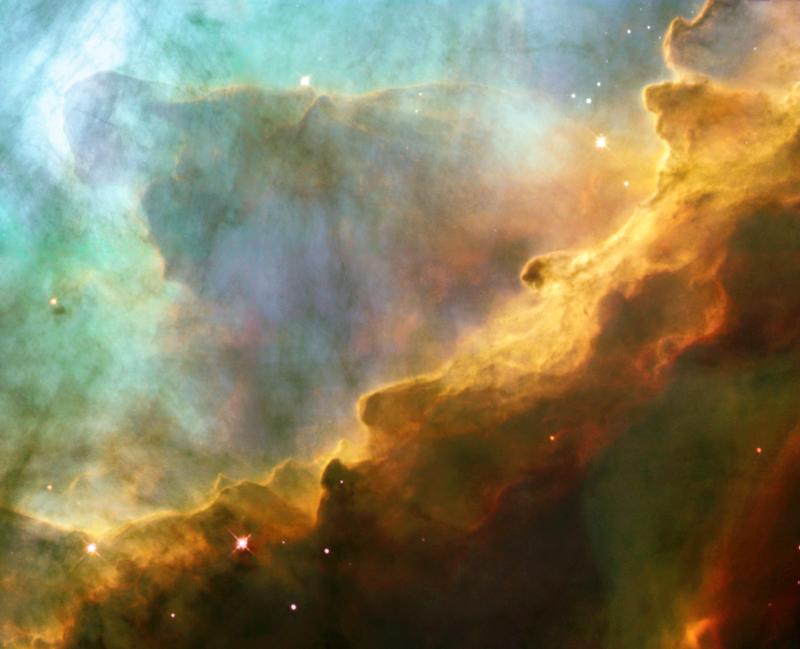The solar cycle was first discovered in 1843 by Samuel Heinrich Schwabe, who noticed a periodic change from year to year in the number of sunspots. This cycle has been determined to last an average of 11 years, but it has been recorded as low as 9 years and as high as 14 years. This cycle is responsible for several space-weather phenomena such as shaping the structure of the Sun’s atmosphere, corona, and wind. The number of solar flares, mass ejections, and high energy particles are modulated by the solar cycles.
The sun is currently experiencing the lowest solar minimum observed in the last 50 years. This is also the longest lasting solar minimum ever observed, already six months longer than last cycle. A solar minimum impacts the entire solar system, and directly effects life on Earth. During a solar minimum less UV radiation reaches the Earth. This results in reduced ozone layer, because ozone is produced when UV radiation spits the O2 molecules in the stratosphere. A smaller ozone layer means that more UV light will reach the Earth’s surface potentially causing sunburns and skin cancer.
Changes in the solar cycle could also affect the Earth’s climate. During a solar minimum less energy reaches the Earth, on an average year the Earth receives about 1366.7 W/m2 during a solar maximum, and 1365.6 W/m2 during the solar minimum. Some scientists argue that this difference may be too small to significantly affect the Earth’s climate. (Although it is interesting that in 2008 we experienced the largest world-wide temperature drop ever recorded in a 12 month period, not to mention Minneapolis celebrated its coldest Easter in 33 years, which is a factor of 11.) In 1991 E. Friis-Chritensen published a study which demonstrated a direct correlation between solar cycles and Land air temperature in the Northern hemisphere.
Another side effect of solar minimums is a reduced heliosphere. The heliosphere is a large magnetic bubble generated by the sun which protects the solar system from harmful cosmic rays. The Voyager spacecrafts inadvertently provided proof of the shrinking helioshpere when Voyager 2 reached the termination shock after traveling 10 AUs less than Voyager 1 had to travel in order to reach the same boundary. Because of fluctuations in solar activity Voyager 1 actually crossed the terminal shock 5 times!
By studying the Sun and its cycles, scientists are gaining a better understanding of stellar phenomena, and how it affects us here on Earth. Such knowledge will aid in the development of better climate models, and in evaluated and eliminating some of the radiation risks which would hinder future colonies on the Moon or Mars.
